Give No Pest a Chance in Your Home!
Great products for Pest Control!
Shop with usBest Sellers
-
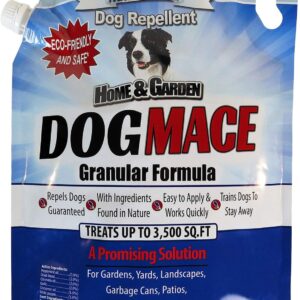
Nature’s MACE 6 lb Pet-Safe Dog Repellent Granules
$38.97 Buy Now -
Sale!
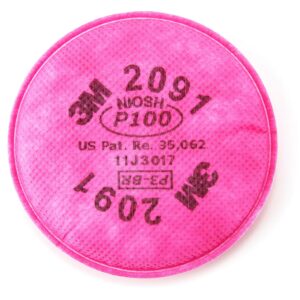
3M P100 Respirator Filter 2091 for Lead, Asbestos, Arsenic & More
$215.99Original price was: $215.99.$181.00Current price is: $181.00. Buy Now -
Sale!
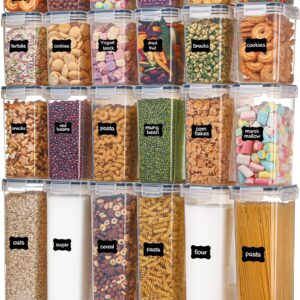
Vtopmart 24‑Piece BPA‑Free Airtight Food Storage Canisters
$53.13Original price was: $53.13.$32.99Current price is: $32.99. Buy Now -
Sale!
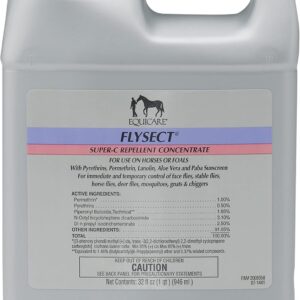
Farnam Flysect Super-C Concentrate – Powerful Fly Control for Horses, 32 oz
$54.49Original price was: $54.49.$46.99Current price is: $46.99. Buy Now -
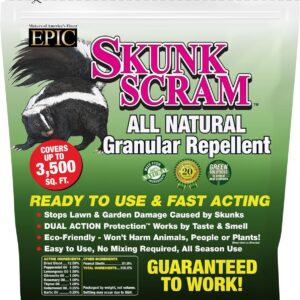
Skunk Scram 6 lb All-Natural Granular Skunk Repellent by EPIC
$39.97 Buy Now -
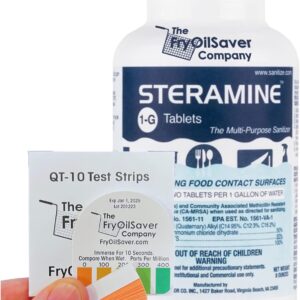
Steramine Sanitizer Tablets with QT-10 Test Strips, 150 Count
$12.95 Buy Now -
Sale!

BronzeDog Rolled Leather Dog Collar with QR ID Tag
$17.99Original price was: $17.99.$15.29Current price is: $15.29. Buy Now -
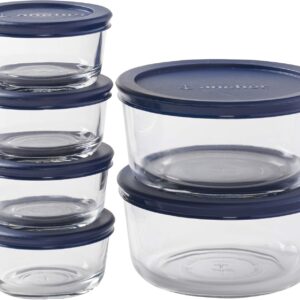
Anchor Hocking 12‑Piece Glass Storage Set with Navy SnugFit Lids
$19.49 Buy Now
Recent Additions
-
Sale!
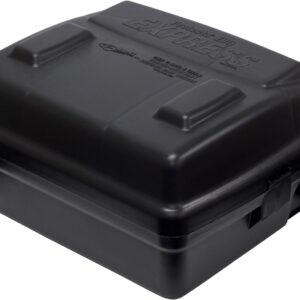
Protecta EVO Express Bait Station, 2-Pack: Tamper-resistant Rodent Control
$72.99Original price was: $72.99.$56.85Current price is: $56.85. Buy Now -
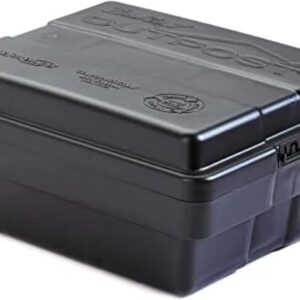
Outpost Rat Bait Station: Tamper-Resistant Station That Mounts Horizontal or Vertical
$17.49 Buy Now -
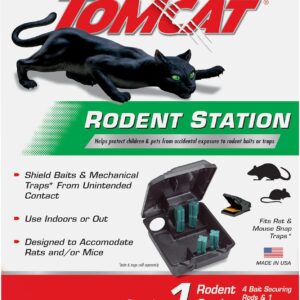
Tomcat Rodent Station, Lockable Indoor and Outdoor Bait Box for Rats and Mice
$13.99 Buy Now -
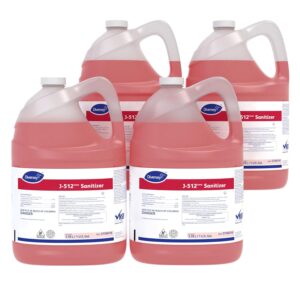
Diversey J-512 TM/MC Sanitizer, 1-Gallon, 4/Case
$134.90 Buy Now -
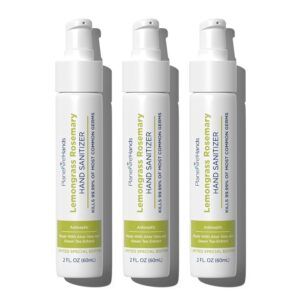
Lemongrass Rosemary Lotion Hand Sanitizer, Travel Size 3-Pack
$23.99 Buy Now -

Steramine Sanitizer Tablets with QT-10 Test Strips, 150 Count
$12.95 Buy Now -
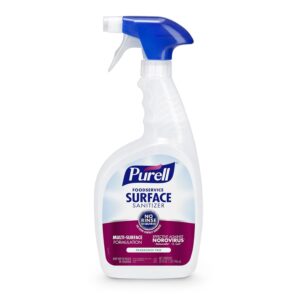
PURELL GOJ334112 Foodservice Surface Sanitizer Spray, 32 oz
$14.79 Buy Now -
Sale!

Magnifying Glass with Light and Stand, 10X and 5X Clamp Lamp
$35.97Original price was: $35.97.$34.15Current price is: $34.15. Buy Now